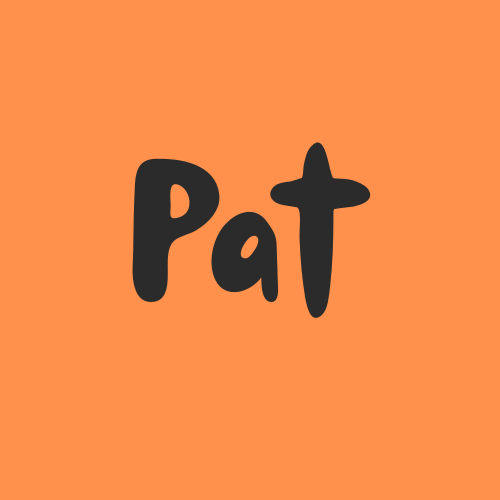Reflecting on LCC: A Look Back
In 2017, amidst the national debate on marriage equality in Australia, visibility and connection for LGBTQIA+ people in regional areas became more important than ever. It was a time of uncertainty, activism, and, for many, isolation. In response, the community created a Facebook group designed to be a safe and inclusive space for the LGBTQIA+ community in the region. This then eventually evolved into what was Limestone Coast Connect.
It wasn’t the first group of its kind, and it certainly wasn’t the last. Over the years, many social groups have come and gone, often depending on the energy and availability of those driving them. However, during its active years (2018-2023), Limestone Coast Connect provided something crucial: connection. It was a space where people could share news, support each other, and, when possible, meet in person for casual gatherings, like brunches at local cafés in Mount Gambier.
Why Create an Online Community?
Online spaces have always played a significant role in LGBTQIA+ advocacy, particularly in rural areas where physical safe spaces are limited. When I moved to the Limestone Coast from the Adelaide Hills in 2017, I quickly realised that while there were LGBTQIA+ people in the region, many felt isolated. Social media had already proven to be a powerful tool during the marriage equality campaign, helping to organize marches, events, and visibility efforts. It made sense to use that same medium to create an ongoing support network.
Fast forward to 2020, and the world faced another challenge—COVID-19. With lockdowns and restrictions, social isolation intensified, making online connection even more vital. The group saw an increase in members during this period - the group got to 200, reinforcing the importance of having an accessible, virtual safe space.
Challenges and Realities for LGBTQIA+ People in the Region
Living as an LGBTQIA+ person in the Limestone Coast comes with unique challenges. The region is largely represented by conservative politics, which can influence social attitudes. While there is a general surface-level tolerance, true acceptance and inclusion are not always guaranteed—especially in workplaces, schools, and community organisations.
Many LGBTQIA+ people remain closeted due to fear of discrimination, and homophobia, transphobia, biphobia, and intersex discrimination still persist in various forms. Sometimes it’s overt, but often, it’s the subtle, insidious kind—the kind that makes people second-guess their safety in their own community. That being said, there are also pockets of progress and acceptance, and it’s important to acknowledge and celebrate those spaces where inclusivity thrives.
Best Moments & Lessons Learned
One of the best parts of running Limestone Coast Connect was witnessing organic moments of connection—those little exchanges where someone made a reference that only fellow LGBTQIA+ people would understand, and the conversation just clicked. Having a space where people could communicate freely, without having to explain or sanitize their identities, was incredibly meaningful.
However, maintaining momentum in regional community groups is always a challenge. Over time, the group’s activity declined as core members moved on to other spaces, both online and offline. Eventually, the group became inactive, and a new initiative—the Limestone Coast Queer Community Hub, run by Kit—took on the role of providing an online space for local LGBTQIA+ people.
Personal Reflections on Community and Belonging
My journey in the Limestone Coast has been shaped by both my involvement in LGBTQIA+ advocacy and my personal experiences as a queer neurodivergent person. When I first moved here, I struggled to find where I fit. Too old for youth groups but disconnected from older LGBTQIA+ spaces, I felt caught between worlds. Team sports were never my thing, and in a regional area, that can make social integration challenging. Though ironically now, I am a regular in the local ten-pin bowling league and am now in the middle of my 4th season.
Instead, I found my place in different ways—through community projects, bowling, and later, through my work in neurodiversity advocacy and art. I’ve come to realise that belonging isn’t about fitting into a pre-existing mold; it’s about creating spaces where you and others can thrive.
Looking Forward
While Limestone Coast Connect is no longer active, its purpose remains relevant. The need for connection, support, and safe spaces in regional areas hasn’t changed. I’m heartened to see new initiatives like the Limestone Coast Queer Community Hub continuing the work of fostering community. It is also exciting to hear that others in the space are taking the charge to do some big local events in the coming months.
As for me, my focus has shifted toward neurodiversity advocacy, creative expression, and building inclusive spaces through art. But the core values that led me to grow Limestone Coast Connect—Inclusivity, Creativity, and Connection—continue to guide everything I do.
To anyone in the region still searching for community: you’re not alone. Whether online or in person, there are people here who see you, support you, and want to connect. Sometimes, it just takes one person to start a conversation, and from there, a community can grow.
